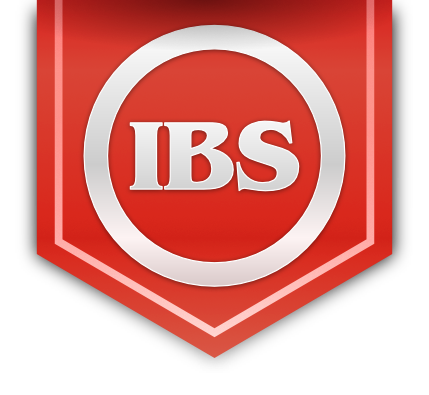Micro LED Chip Market Projected to Reach $580 Million by 2028
Published: 6.19.2024
The micro LED chip market is set to experience significant growth, reaching a projected value of $580 million by 2028, according to a recent report by TrendForce. This expansion, driven by increased demand for head-mounted devices and automotive applications, represents an impressive compound annual growth rate (CAGR) of 84% from 2023 to 2028.

Key Drivers of Market Growth
Head-Mounted Devices and Wearables: The proliferation of augmented reality glasses and smartwatches is a major factor contributing to the surge in micro LED chip demand. Companies like AUO are focusing on developing high-performance micro LED displays for these applications, capitalizing on the technology’s ability to deliver high brightness and small form factor, essential for compact wearable devices.
Automotive Applications: This sector is another critical area of growth for Micro LED technology as it offers high contrast, wide color gamut, and rapid response times, making it ideal for advanced display solutions in vehicles. Applications such as augmented reality heads-up displays and transparent displays for car windows are expanding the technology's footprint in the automotive industry
Market Implications and Outlook
Despite the promising outlook, the industry faces significant challenges, particularly in reducing production costs and overcoming technical barriers. The high costs were a major factor in Apple's decision to cancel its micro-LED watch project. Companies are focusing on optimizing production processes and improving yield rates to address these issues. Advances in mass transfer technology, such as combining laser and stamp transfer methods, are crucial for enhancing production efficiency and reducing costs
Efforts to miniaturize micro LED chips is another critical factor expected to drive down costs. As the technology matures, smaller chips that deliver higher brightness and performance will become more cost-effective, making them suitable for a broader range of applications.
The recent cancellation of Apple's microLED project has triggered a recalibration within the industry. Suppliers, such as ams OSRAM, are reevaluating their manufacturing strategies, with potential asset divestments being considered. This presents a strategic window for other participants in the microLED supply chain to bolster their technological capabilities and optimize cost structures.
MicroLED technology offers demonstrably superior attributes compared to competing display technologies like Micro OLED. Advancements in microLED brightness, reaching near 350,000 nits, position it ideally for high-illumination applications in diverse environmental conditions. The anticipated integration of AI-powered functionalities within augmented reality glasses is further expected to drive near-term demand for microLED displays.


.png)


